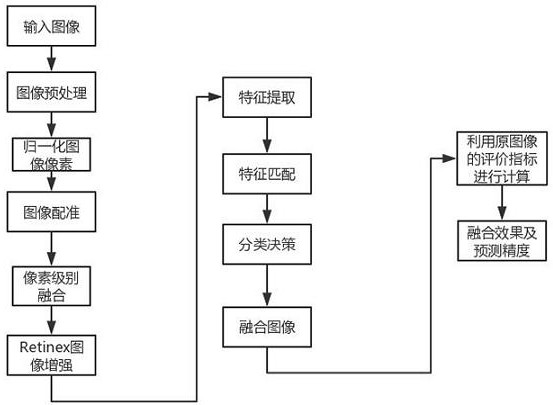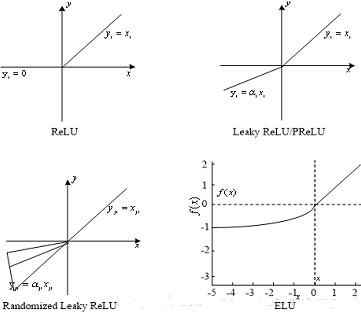Medical image fusion algorithm based on deep convolutional neural network
A neural network and deep convolution technology, applied in the field of medical image fusion, can solve the problems of not being able to provide the anatomical details of organs or lesions, not being able to reflect the function of organs, and poor resolution of functional images, so as to achieve good confidence and improve Effectiveness, the effect of increasing the success rate
- Summary
- Abstract
- Description
- Claims
- Application Information
AI Technical Summary
Problems solved by technology
Method used
Image
Examples
Embodiment 1
[0051] A medical image fusion algorithm based on a deep convolutional neural network, the algorithm includes the following steps:
[0052] Step 1. Input CT images and MRI images, and perform image preprocessing operations, including gray scale, binarization, filtering and denoising;
[0053] Step 2, normalize the two images, and integrate images from different sources at the same pixel level;
[0054] Step 3, using the best registration method to register the images, and using a search algorithm to find a solution that makes the similarity measure optimal in the search space;
[0055] Step 4. Perform pixel-level image fusion processing on the sub-band images after registration, and perform feature extraction and enhancement on the fused sub-band images through the multi-scale Retinex algorithm. Multi-scale Retinex is developed on the basis of the single-scale Retinex algorithm. , the specific process of the single-scale Retinex algorithm is as follows:
[0056] (1) Read in t...
Embodiment 2
[0081] According to the medical image fusion algorithm based on the deep convolutional neural network described in Embodiment 1, the step 3 performs pixel-level image fusion on the registered sub-band images using Contourlet transform.
[0082] The purpose of image fusion is to obtain a comprehensive image that conforms to human visual perception. At present, wavelet transform is widely used in the field of image fusion because of its good visual multi-scale and time-frequency local characteristics. However, for the two-dimensional image data structure, the wavelet transform cannot effectively represent the important details such as straight lines, curves, and edge directions. In multi-scale geometric analysis, the non-subsampled contourlet transform (NSCT) is called the true The sparsest representation of the image, it inherits the multi-scale and time-frequency locality of wavelet, and has multi-directionality and anisotropy, and solves the ringing effect caused by the subsam...
PUM
 Login to View More
Login to View More Abstract
Description
Claims
Application Information
 Login to View More
Login to View More - R&D
- Intellectual Property
- Life Sciences
- Materials
- Tech Scout
- Unparalleled Data Quality
- Higher Quality Content
- 60% Fewer Hallucinations
Browse by: Latest US Patents, China's latest patents, Technical Efficacy Thesaurus, Application Domain, Technology Topic, Popular Technical Reports.
© 2025 PatSnap. All rights reserved.Legal|Privacy policy|Modern Slavery Act Transparency Statement|Sitemap|About US| Contact US: help@patsnap.com



